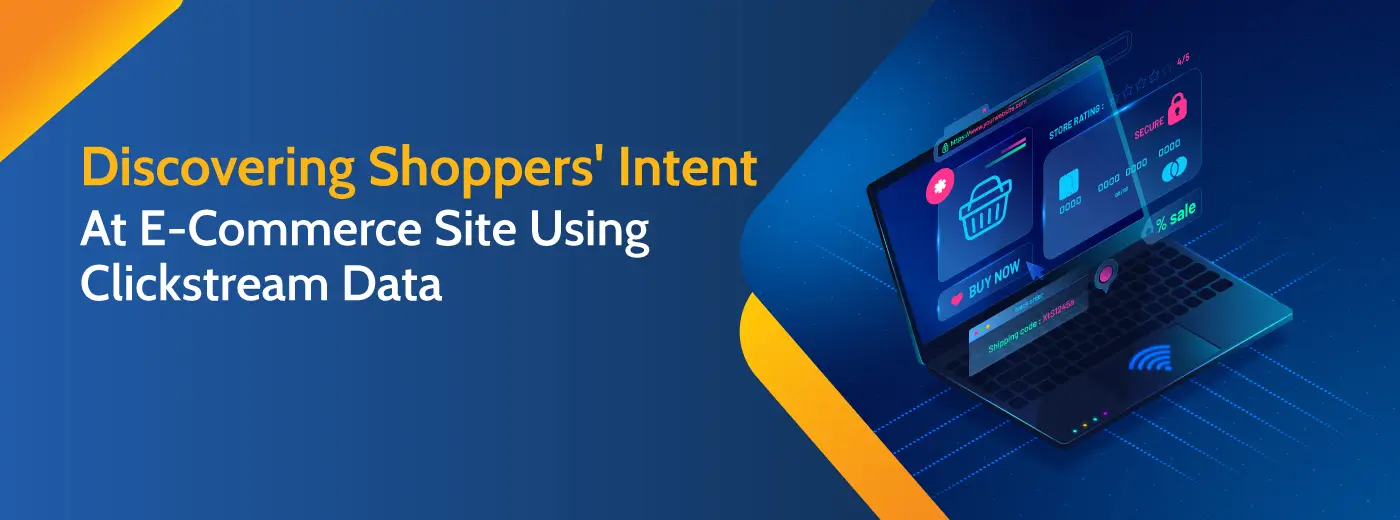According to a recent study, 98% of shoppers don't purchase on their first visit to a brand's website. That's probably because most people make an effort to research a product before deciding whether or not to buy it.
Convincing a consumer to convert needs various visits to the website, as well as other online interactions with your brand. This is something that retailers are required to consider when assessing their eCommerce KPIs and the performance of their marketing campaigns.
As the number of digital touchpoints and online sales channels increases, the consumer journey becomes more complex. This also means they are also more challenging to track. Today, numerous businesses leverage big data to inform critical decisions than ever before. This information can come from disparate sources, each of which paints an insightful new picture of the company, its customers, or both. However, to reap these advantages, companies must not only have the data itself but the understanding and skills to analyze and apply it in the best possible way. One of the most divulging sources here is clickstream data, which offers numerous benefits for businesses.
What is clickstream data?
Before we get into the application of clickstream data, it's essential to understand it and where it comes from. Clickstream data can be considered as a roadmap of online activity of users .This information acts as digital breadcrumbs that show- what pages are viewed on the site, what websites a user has visited, how long they spent on each page and where they clicked next.
Clickstream data is a record of every click a customer makes while browsing online. Tracking all these actions can assist brands to form an exact understanding of the customer journey. Clickstream data can be utilized to map out how someone progressed from searching Google or seeing an ad to the point where they procure a product. It can show you the pages they landed on, the sites they visited, and what they clicked next, and more. This path is better known as clickstream.
Every time someone clicks on a menu item, link, or product image, this information is logged. As a result, clickstream data offers a detailed portrayal of customer habits. With this info, brands can improve the customer experience and implement conversion funnel optimization tactics, and they can also create accurate buyer personas. As the data can be collated across different online platforms, it is essential for e-Commerce organizations to take a multichannel or omnichannel approach to retail.
What is a clickstream analysis?
Clickstream data analysis is an exercise of collecting, tracking, and analyzing consumer visits across websites. This can be done in several ways.
1. Market research studies
Getting a clear picture of the entire customer journey needs access to numerous private information, so eComm brands often rely on market research panels to collect authorized clickstream data. This data can provide historical data and highly detailed insights into the behavior of your target audience. The information is always dependable, and they can rest assured every single interaction with the brand has been tracked too.
2. Analytics tools
Reporting tools give an appropriate way to collect data and perform a clickstream analysis. For instance, you can utilize Google Analytics to track actions that take place on your web. The navigation feature enables you to link and view the URLs shoppers tend to visit the most. You can also catch sight of how they came to arrive on your website. Tools such as - Amplitude and tableau specialize in clickstream data. An all-rounded tool that helps in taking out insights into consumer behavior and the path to purchase. Where to buy solutions assists brands drive more online sales by connecting online consumers through a tracked 'Buy Now' button placed on the brand's digital or website asset, directly to online retailers such as Walmart and Amazon to complete their purchase. It delivers high-quality data with both scale and speed and doesn't rely on third-party cookies.
3. DIY tracking
Alternatively, if you consist of a team of engineers, you could consider a DIY approach using JavaScript to capture click information. But this is more difficult to implement. With some form of clickstream data analysis, brands can benefit from an elevated understanding of their customers and identify the behavior to lead to conversion.
How eCommerce industry leveraging clickstream data for success
E-Commerce brands can get advantages from this information in various ways, but here are some of the most important ones.
1. Understand the consumer journeyThis helps brands to identify trends and spot patterns. With this info, they can then take immediate actions to streamline the experience of users. They can halt the trends that lead to adverse outcomes while also improving or expanding upon those that often end with sales. The more brands can curate an efficient path to conversion, the more they'll benefit.
2. Find new audiences and Nurture customers
Leveraging the potential of clickstream data isn't just advantageous for your bottom line; it's also better for your customers. It can help shoppers find the products they want efficiently and quickly. This way they can also build out highly detailed buyer personas. These can then be utilized to improve the consumer experience at every stage of the eCommerce conversion funnel. With insights into each group's behavior, brands can confidently implement different landing pages, paths to conversion, promotional offers, and advertising campaigns to suit each person's interests, needs, and behavior.
Above all, clickstream data also accelerates brands to identify new target audiences that they may not have been aware of previously.
3. Improving the ROI of marketing campaigns
Clickstream data offers insights into the entire consumer journey, brands can see how SEO efforts, eCommerce social media campaigns, and PPC ads impact conversions later on. This is particularly helpful as far as brand awareness campaigns are concerned. After hearing about a brand or product, it can be time consuming for shoppers to convert. But the deep insights offered by clickstream data can ease attribution for these types of eCommerce marketing campaigns. This assists marketers to focus their resources on the campaigns, channels, and ads that makes it more impactful. As a result, brands will generally get better advantages from an advertising ROI.
4. Discover new mediums
Clickstream analytics records the different routes adopted by the consumer to reach the product page. By analyzing such details, organizations can enhance the efficiency of the path selected by customers. They can also ensure that customers land on their product page using as few steps as possible. For instance, marketers can discover customers' common interests and their path to arrive at a specific page using basket analysis.
5. Creating Upselling and Cross-Selling
In e-Commerce, upselling refers to encouraging the customers to buy a higher-end version of the product that the customer prefers, preferably a notch above the usual pricing segment. Cross-selling refers to recommending the customers to buy related or complementary items, e.g., recommending headphones when the customer is looking to buy a phone. Clickstream data can facilitate such kinds of cross-selling and upselling with the help of various clustering algorithms. The model can then be used to recommend suitable products to the customers.
Know how we can help you derive intelligent, actionable insights from complex, unstructured data with minimum effort to drive competitive readiness, market excellence, and success.
Conclusion
Implementing clickstream analysis is delicate in numerous situations, especially if you want to track every stage of the consumer journey. Clickstream data can be compelling for today's organizations, but only if firms have the resources and skills necessary to capture, collect and analyze this information. So, to find out more about how Polestar Solutions can help you achieve your eCommerce goals, book a demo with our team today!



